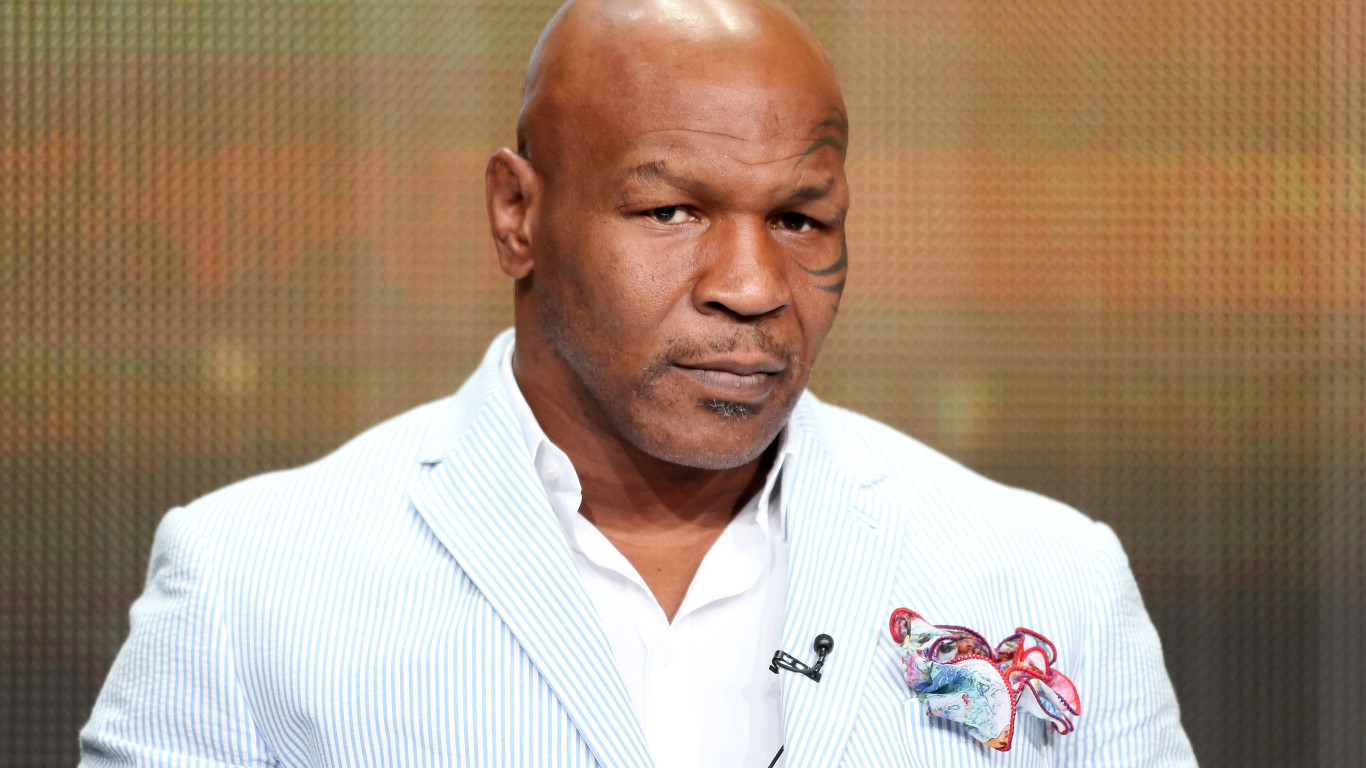
We all remember how embarrassing Facebook Inc.’s (NASDAQ: FB) initial public offering (IPO) was back in May 2012. A glitch involving one of the underwriters, the near immediate fall below IPO price, and how even Mark Cuban had said he got burned on his investment and had to sell at a loss one month after buying the IPO.
Then reality set in, and three and a half years later shares are pushing $112 and a $360 billion valuation, nearly 200% higher since the infamous IPO flub. Those who have stayed away from Facebook these past three years plus can vent, and those who were squeezed out at the lows along with Cuban can only weep now. The important question however is what can we learn from an investment perspective from the case of Facebook? Will such a rise also happen with Twitter Inc. (NYSE: TWTR)?
One could argue that Twitter’s current flops are similar to what Facebook already experienced in 2012 and 2013, when major ad campaigns were pulled at the last minute, embarrassing the company. Only weeks before the Facebook IPO, General Motors cancelled a $10 million ad campaign over ads not being flashy enough. That also contributed to the IPO flub. One year later, in May 2013, both Nissan and Nationwide pulled ad campaigns because their ads were showing alongside offensive posts.
May 2013 was the last time Facebook shares were available in the $25 range. So perhaps the same is in store for Twitter? It doesn’t seem so. While Facebook’s mistakes early on were rookie faux pas that was correctable, Twitter’s mistakes since its own IPO are more fundamental to the nature of the company itself. GM’s infamous cancellation on the eve of the Facebook IPO was arguably GM’s own mistake. Facebook stuck to its ad format and didn’t change it just to suit GM. As for the Nissan and Nationwide fiasco one year later, Facebook has since figured out how to protect its advertisers from being juxtaposed to offensive content.
As for Twitter, its decline is not an issue of some glitch or flub or embarrassing incident with its advertisers. Its biggest problem is that its per user value is so much lower than Facebook’s and does not seem to be climbing much. Twitter has 320 million monthly active users as of its last filing. Divide that by last quarter’s revenue and you get $1.78 per user. Keep in mind that these numbers already attempt to filter out spam accounts.
Granted, Facebook’s user base is much bigger, but the real issue is that its average revenue per user is nearly $12, almost seven times Twitter’s. The reason, which we have covered before, is that Facebook connects tight social circles of people who tend to stay on the site longer to talk (or yell) at each other. This allows for better targeting and increases the chances that ads will be clicked on and effective. Twitter users on the other hand are not necessarily socially connected to one another, so the site functions more like micro news with users flipping in and out quickly. This damages per user revenue and is less conducive to targeted advertisements.
Even back in 2012 when Facebook was floundering, its average revenue per user was $5.32 (see page 41), still three times higher than what Twitter’s is now. That number more than anything is the biggest reason Twitter now does not look like Facebook in 2013.
Get Ready To Retire (Sponsored)
Start by taking a quick retirement quiz from SmartAsset that will match you with up to 3 financial advisors that serve your area and beyond in 5 minutes, or less.
Each advisor has been vetted by SmartAsset and is held to a fiduciary standard to act in your best interests.
Here’s how it works:
1. Answer SmartAsset advisor match quiz
2. Review your pre-screened matches at your leisure. Check out the advisors’ profiles.
3. Speak with advisors at no cost to you. Have an introductory call on the phone or introduction in person and choose whom to work with in the future
Get started right here.
Thank you for reading! Have some feedback for us?
Contact the 24/7 Wall St. editorial team.
